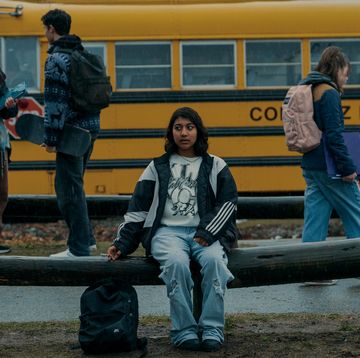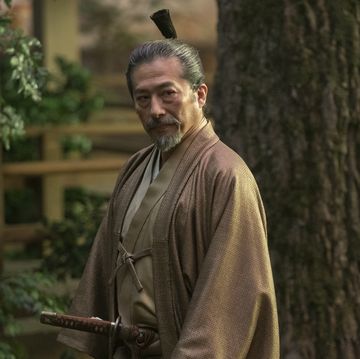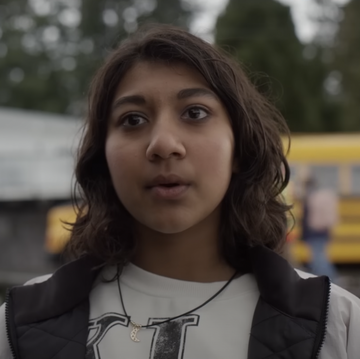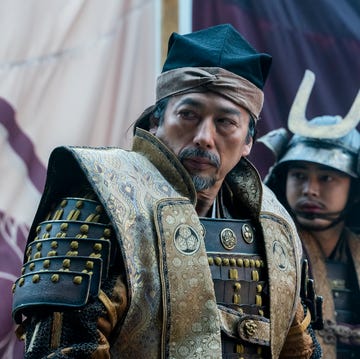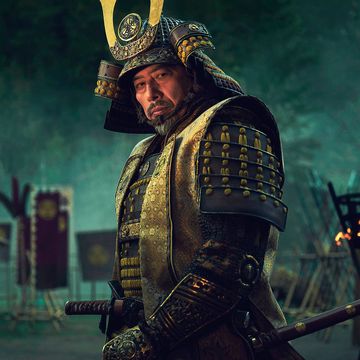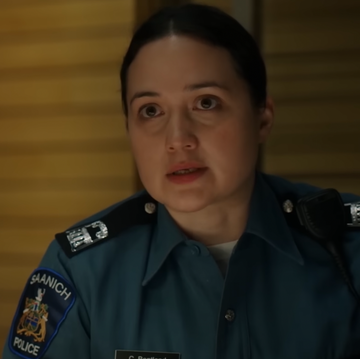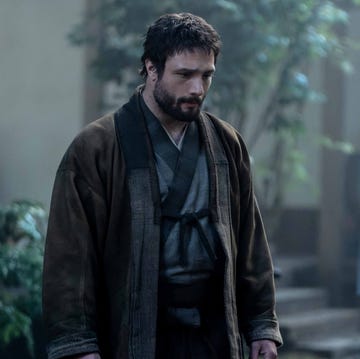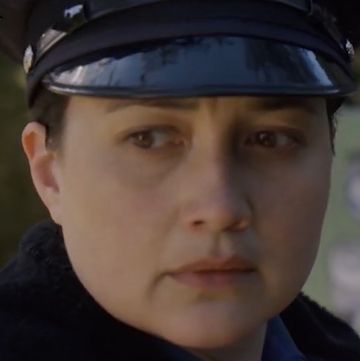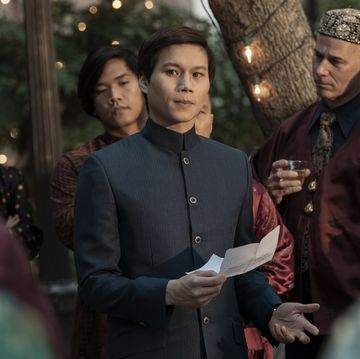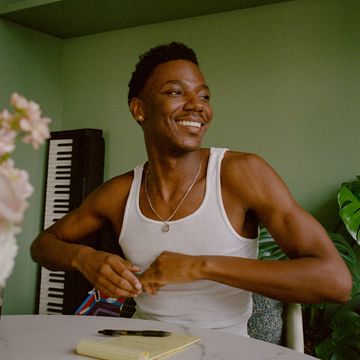For nearly 30 years, the story surrounding the sexual assault of Dylan Farrow, the adopted daughter of Mia Farrow and Woody Allen, has dipped in and out of America’s collective cultural conciousness. It tends to resurface in bits and pieces whenever someone within the splintered family’s orbit releases a new project. Each time it does, only a part of the story gets told. There have been defensive op-eds, splashy news updates, and cringe worthy interviews.
Now there’s a new docu-series, available for streaming on HBOMax starting Sunday, February 20th, that is attempting to tell the entire story, from start to finish, in a comprehensive fashion. “Allen v. Farrow” has been advertised as an exhaustive look at the events leading up to the alleged sexual assault of Dylan Farrow, and a deep dive into the evidence that Woody Allen perpetrated the assault against his then 7-year-old adopted daughter. In its effort to be as thorough as possible, the series features extensive on-camera interviews with Ronan Farrow, Mia Farrow, and various witnesses, experts, and family friends. Some of these people we have all heard from before, but early reviews of “Allen v. Farrow” suggest that the docu-series is successful in its mission for completeness for one key reason: the inclusion and centering of Dylan Farrow.
Writing for Slate, Sam Adams says the series “makes public for the first time” the videotape of Dylan Farrow telling her mother that Woody Allen had sexually assaulted her in the crawl space in the attic of Farrow’s country home in Connecticut. The inclusion, Adams argues, is powerful. “Putting Dylan on screen, at age 7 and, through earlier home-movie footage, even younger, underscores just how terribly fragile and vulnerable she was.” In Vulture, the critic Jen Chaney writes that “Allen v. Farrow” places Dylan in the center of her own story and notes that Dylan comes across in the documentary as “grounded” and “strong” “in spite of everything she’s had to confront.” Meanwhile, the decision to confront her past in the documentary wasn’t one Dylan Farrow came to lightly. Speaking to USA Today, “Allen v. Farrow” co-director Amy Ziering said it took Dylan over a month to cautiously agree to participate in the film. Now, it seems like it’s to the audience’s benefit that she did.
Ahead of the debut of “Allen v. Farrow,” here is everything you need to know about the docu-series' significant central figure.
Who is Dylan Farrow?
Dylan Farrow is one of Mia Farrow’s 14 children. She was adopted by Mia Farrow in 1985 when she was 2-weeks-old and co-adopted by Woody Allen in 1991. According to a recent profile in Elle, Dylan was an artistic child who loved to read, write, and play make-believe with her younger brother Ronan. That love of make-believe eventually gave way to a passion for fantasy fiction. When she was a teenager, Dylan even wrote and illustrated a 500-page “Game of Thrones–style novel.” Eventually, Dylan attended Bard and married her college sweetheart. The two moved to south Florida where Dylan worked as a graphic designer in south Florida. In 2014, Dylan and her husband moved back to Connecticut. A few years later, they had a daughter and named her Evangeline. Today Dylan is a full-time writer. She published her first novel, a young adult fantasy fiction novel titled "Hush" in October of 2020.
What happened to Dylan Farrow?
In 1992, when Dylan was seven, she told her mom that Allen took her into an attic crawl space and molested her. By Dylan’s account, Allen whispered that she was a good girl and promised to take her to Paris one day. The explicit abuse followed years of inappropriate behavior by Allen that ranged from forcing Dylan to suck his thumb to resting his head on her naked body. Around the same time that Dylan told her mom about the abuse, Allen, now in his fifties, admitted to being in love with Farrow’s college-aged stepdaughter, Soon-Yi.
Farrow reported the abuse to Dylan’s pediatrician who in turn alerted the authorities, as was required by state law. What followed was a long and brutal custody court case that started when Allen, after hearing about the accusation, filed for sole custody of Dylan and her two siblings Moses and Ronan. This is when the public learned about the abuse allegations. The case was heavily covered by the media and rife with controversy, but ultimately resulted in Mia Farrow getting full custody of the children.
Several months after custody was decided, Connecticut state attorney Frank Maco announced that he had probable cause to criminally prosecute Allen but wouldn’t do so out of concern for Dylan and what she had already been through. To this day, Allen has never had criminal charges brought against him and maintains he is innocent.
What has Dylan Farrow said about the abuse?
For a long time, Dylan said nothing. She focused on cobbling together a happy, private life for her family. Then in 2014, after Alllen was nominated for an Academy Award for Best Original Screenplay for his film “Blue Jasmine,” she wrote an op-ed in The New York Times describing the abuse and calling out Allen’s many enablers in Hollywood. “What if it had been your child, Cate Blanchett? Louis CK? Alec Baldwin?” wrote Dylan. “What if it had been you, Emma Stone? ... Woody Allen is a living testament to the way our society fails the survivors of sexual assault and abuse.”
In the #MeToo era, Dylan spoke up again. In a piece for The Los Angeles Times titled “Why has the #MeToo revolution spared Woody Allen?” painfully recounted once more “Allen’s pattern of inappropriate behavior — putting his thumb in my mouth, climbing into bed with me in his underwear, constant grooming and touching.” She called out men and women who continued to work with Allen and said their willingness to do so helped men accused of sexual abuse remain in power. “The system worked for Harvey Weinstein for decades,” Dylan concluded. “It works for Woody Allen still.”

